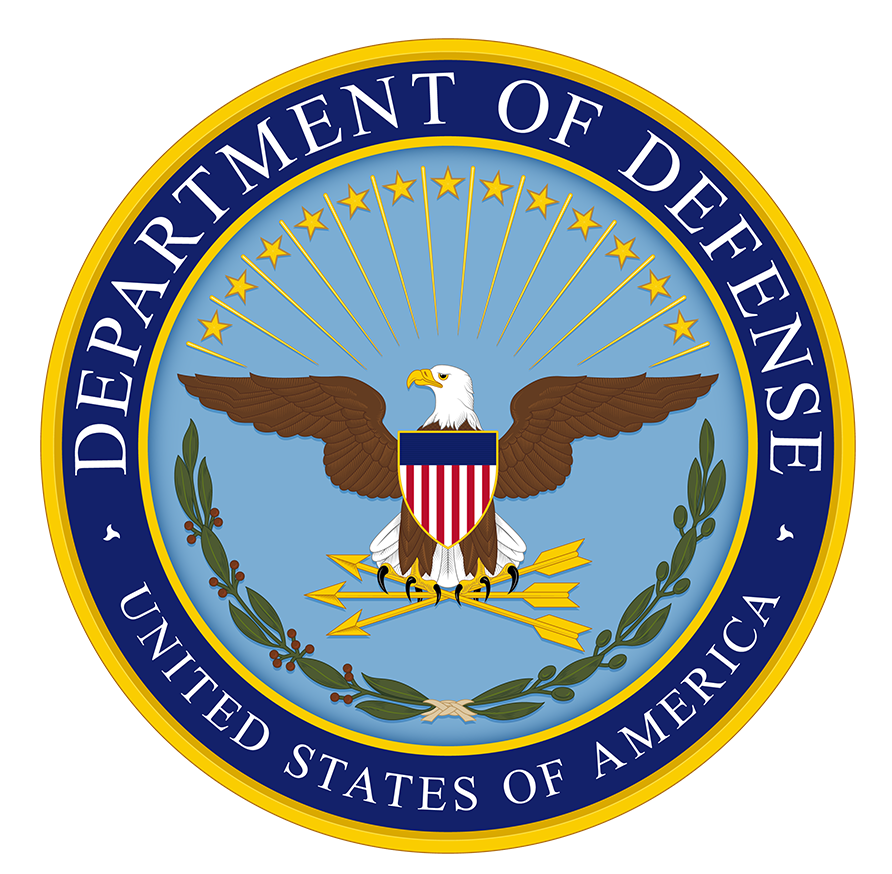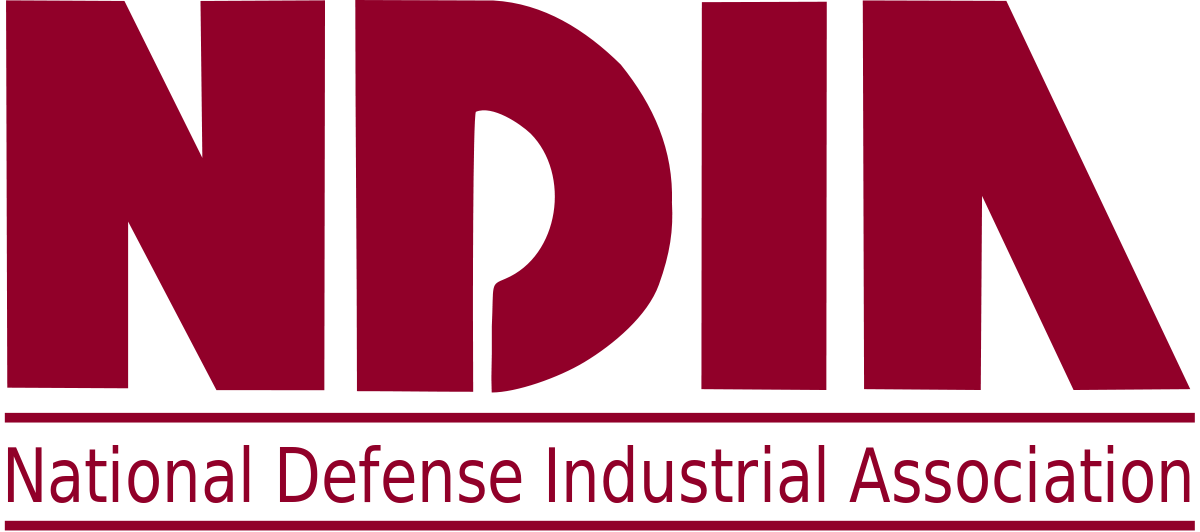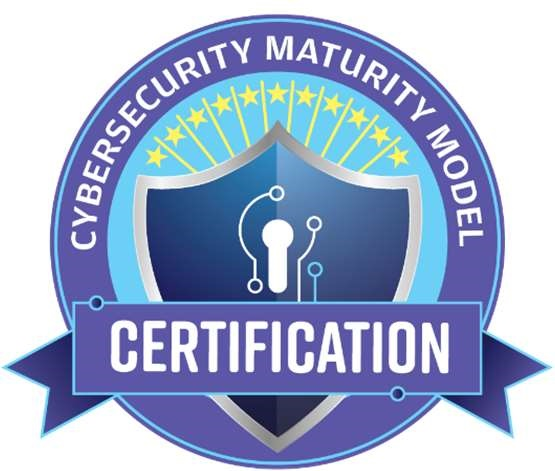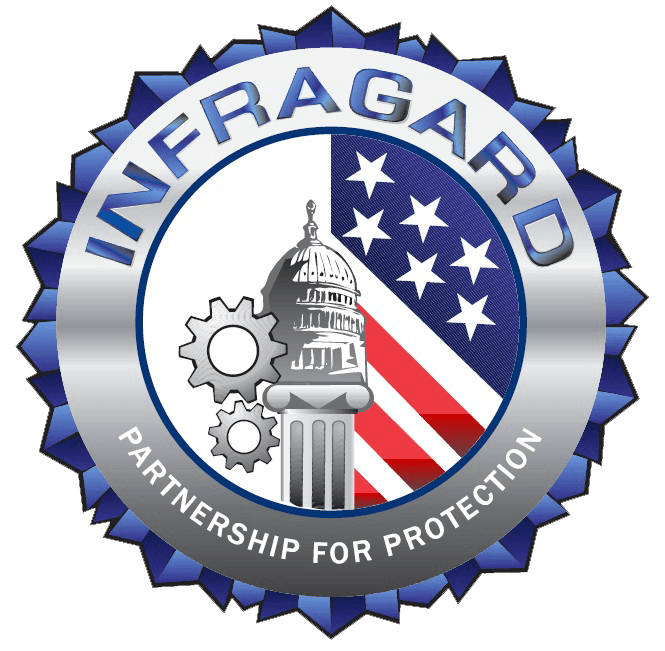Over the past decade cyber threats have skyrocketed, and are constantly becoming more dangerous. A seemingly small breach could result in sensitive information getting into the wrong hands.
According to recent statistics on cyber crime, in 2020, 155.8 million individuals were affected by the results of more than 1,000 data breaches — meaning 10-times more individuals are impacted every year from data leaks compared to ten years ago.
As a DoD contractor, this could be disastrous and might even lead to you losing your contract or facing serious fines.
In this article, you’ll learn about the NIST cybersecurity framework for small businesses, how it works, why it’s so important, and why you need it.
If you have questions about the NIST small business cybersecurity framework, conducting a risk assessment, or implementing a NIST compliance program for your small business, we can help.
Our team of cybersecurity experts has helped business owners, federal agencies, and contractors solve their cybersecurity and information security questions.
Contact us online to get your free consultation.
Talk with a cybersecurity and compliance advisor at Cuick Trac today
What Is the NIST Cybersecurity Framework?
NIST stands for National Institute of Standards and Technology, and it’s a part of the U.S. Department of Commerce.
The NIST cybersecurity framework is simply a collection of suggestions based on a combination of guidelines, standards, and best practices that enterprise companies use to minimize cybersecurity risks.
The goal of the NIST cybersecurity framework is to help organizations better understand, manage, and reduce their cybersecurity risk and protect their networks and data.
There are no legal obligations to use the framework for your business, it’s all voluntary; however, data from Gartner estimates that in 2021, 50% of U.S. organizations are using the NIST Cybersecurity Framework.
Another part of the framework is a network that helps manage communication between external stakeholders and internal employees.
An easy way to think about it, is as a cybersecurity risk management rulebook for your small business. Since it’s made from what the major companies are doing, you can trust that it will work for your operation as well.
For Department of Defense contractors, the stakes are even higher. Your team most likely has sensitive information that can’t go into the hands of adversaries, like hackers, malicious actors, or foreign cybercriminals.
The NIST cybersecurity framework, and other NIST frameworks like NIST SP 800-171, will help avoid this problem altogether, minimizing any vulnerabilities and damages.
What Are The 5 Core Functions of The NIST Cybersecurity Framework?
If you break down the NIST cybersecurity framework, you’re left with five core functions: identify, protect, detect, respond, and recover.
Here are the four functions in greater detail:

1. Identify
The first function deals with understanding what devices you have within your business. Things like software, laptops, smartphones, and any operation-specific devices need to be listed out, to begin with.
From there, the framework suggests different steps, responsibilities, and roles that you and your employees can follow.
2. Protect
Under this framework, protection is defined as limiting or containing any cybersecurity event that could happen.
This can be done by creating formal policies for your users and regularly backing up your data. In the event of a cyberattack occurring at your business, this function will reduce the impact on your operation.
3. Detect
Detection will help you find out if anything unusual is happening. Think of this function as a security guard patrolling your company’s network.
A common entry point is through personal devices like a flash drive. It’s a good idea to monitor your company’s computers and have safeguards in place if a worker attempts to plug in an unauthorized personal device.
In addition, you should have programs that routinely check your network for unusual activities, unauthorized users, or strange connections.
This plays in part with the identification stage outlined earlier. By knowing what users should be on the network, you can pick out ones that shouldn’t be.
4. Respond
The next part of the framework revolves around response. Simply detecting that you’re being attacked won’t do much for your company.
Responding entails reaching out to the authorities, sending a message to stakeholders and employees, and conducting an investigation into the attack.
After a cybersecurity incident, a common response is to update your cybersecurity policy. Suppose the attack stemmed from one of your employees clicking a link in a random email.
You can amend your policies to specifically talk about dangerous links and educate your employees about the dangers of doing this.
5. Recover
When the dust settles, what is the status of your business? A cybersecurity event can be hazardous and even fatal to a company (depending on many factors). Now it’s time to recover from the event.
The first step might be to flash a backup version that you made a few weeks ago and start repairing and restoring missing data.
Another aspect is the human element of the event. You’ll need to tell your stakeholders and employees what happened, the path forward, and where the company currently stands.
NIST Cybersecurity Framework Implementation Tiers for Small Businesses
In addition, the NIST cybersecurity framework can also be broken into four different tiers. These are how NIST would classify your organization, with Tier 1 being the least effective and Tier 4 being the most effective.
Tier 1: Partial
A Tier 1 organization isn’t prepared for cyber risk. They don’t have robust systems in place (if at all), their risk management participation is unresponsive, and they might not have reliable risk management programs. The methods they use for risk management aren’t effective.
Tier 2: Risk-Informed
Tier 2 organizations are a little more prepared. Their risk management programs might be unfinished, and their methods for risk management could use some work.
The difference between this tier and the previous is that Tier 2 organizations have a base-level understanding of the risks. The programs aren’t robust and fully effective, but they’re off to a good start.
Tier 3: Repeatable
In this tier, you’ll find organizations that are pretty close to complete adherence of the NIST framework. Still, the planning, methods, and management aren’t perfect.
The best description of a Tier 3 organization is one that comes very close to a perfect cybersecurity stack but has some gaps and shortcomings.
Tier 4: Adaptive
Being a Tier 4 organization should be your goal. You’ll find adaptive risk management methodology, dynamic processes, and responsive management programs in this tier. On an employee level, users fully understand the risks, policies, and how to avoid a cyber event.
Explore our NIST compliance implementation guide
How Can Your Organization Gain NIST Compliance?
The NIST cybersecurity framework for small businesses was built for operations just like yours to better understand, manage, and reduce cyber risks with methods to identify, manage, and recover from different cyber threats.
Today, many organizations use the NIST cybersecurity framework to help raise awareness and communicate with stakeholders within their organizations about cybersecurity management approaches, guidelines, and best practices.
If you’re one of the thousands of organizations that do business with the department of defense, using this framework may be the first step towards NIST 800-171 compliance.
The time it takes to implement the framework will vary among organizations, but no matter what range you’re looking at — from just weeks or several years — it’s important that your organization has a plan in place.
That’s where we can help.
Make NIST CSF or NIST SP 800-171 Compliance easier with Cuick Trac
Our team of NIST cybersecurity experts spent over 4 years engineering Cuick Trac, the most robust, done-for-you NIST 800-171 compliance product in the market.
We’ve partnered with the most trusted third-party security providers to build a pre-configured, virtual enclave that provides end-to-end encryption for CUI, a DFARS/NIST 800-171 compliant firewall, multi-factor authentication (MFA) and more features than any of its competitors.
Even better, your organization can have access to your secure CUI environment in as little as 14 days.
Join us on a quick 30-minute demo to see how Cuick Trac works and learn if it’s a fit for your organization.
No pushy sales tactics, no email spamming, no snake oil. One of our product experts will walk you through the features you’re most interested in and answer any questions you have about NIST compliance.





